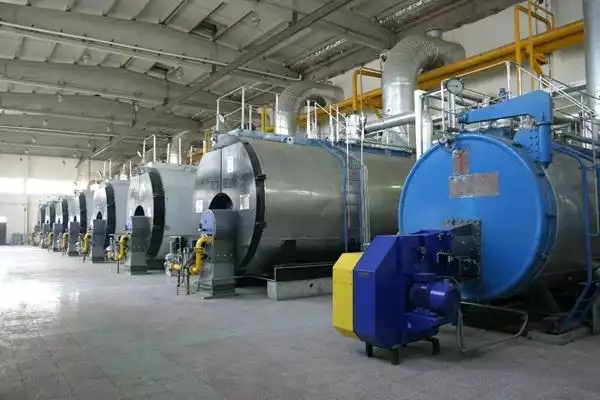
Fangkuai Boiler Introduces New Biomass Boilers >
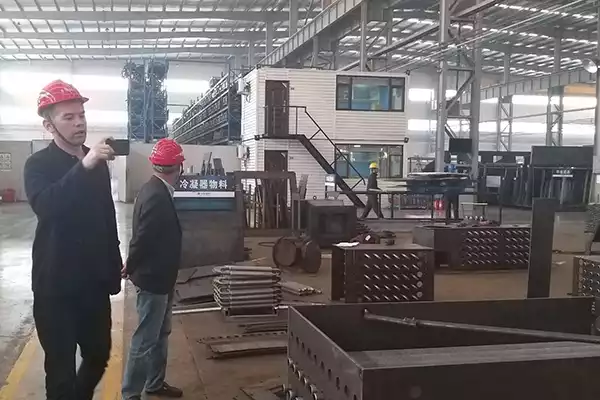
FangKuai 보일러 회사: Leading the Way in Energy-efficient Boiler Manufacturing >
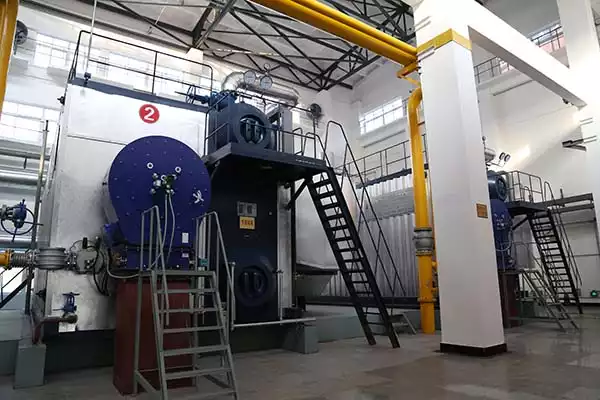
FangKuai Boiler Continues to Lead the Way in Energy-efficient Boiler Manufacturing >
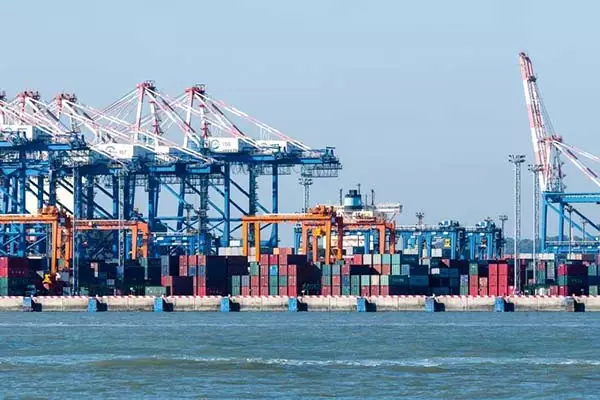
팡콰이 보일러: A Stable Development in the Overseas Market >
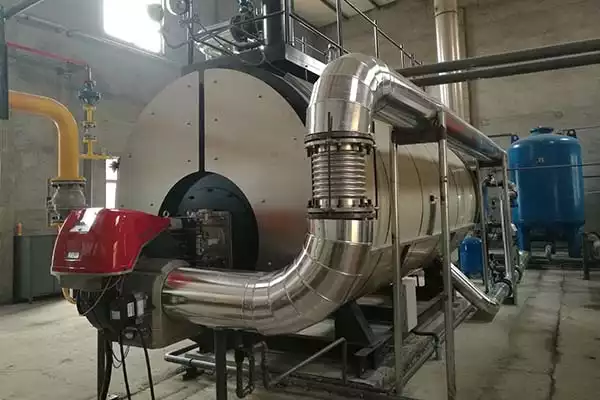
Boost Brewing Efficiency with Fangkuai Gas Boilers & Condensing Water Recovery >
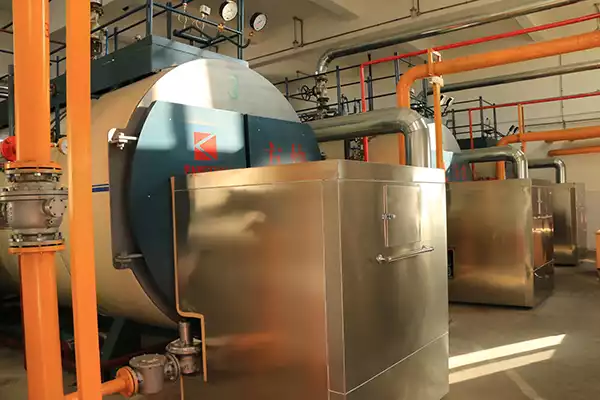
Empowering the Textile Industry in Bangladesh with Fangkuai Dual Fuel Boilers >
.jpg)
Discover the key factors affecting industrial electric steam boiler price, including capacity, 압력, 에너지 효율성. Get expert insights to make an informed purchase decision.

Learn the key factors that affect heater boiler replacement costs, including boiler type, 크기, installation complexity, 에너지 효율성. This guide helps you make an informed decision and plan your budget effectively for a cost-efficient replacement.

A fire tube steam boiler is a type of boiler in which hot gases pass from a fire through one or many more tubes running through a sealed container of water. The heat of the gases is transferred through the walls of the tubes by thermal conduction, heating the water and ultimately creating steam. This type of boiler is widely used in various industries for heating and power generation.

Installing a heating boiler is a significant investment that directly impacts your home's comfort, 에너지 효율, and long-term savings. Whether you're upgrading an old system or installing a brand-new boiler, understanding the cost factors, 설치 과정, and ways to save money is crucial.
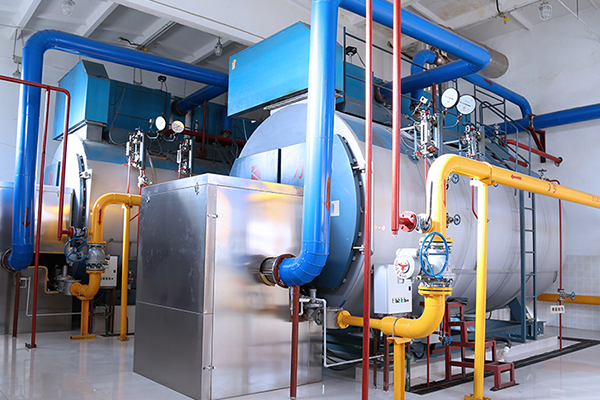
This guide provides a professional overview of steam boilers, covering their types, 작동 원리, and efficiency to help you make informed decisions.
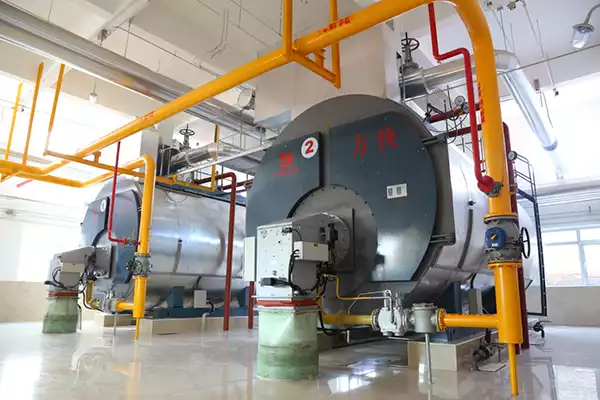
현재, we have provided one-stop solutions for manufacturing, 설치, commissioning, and operation for 200+ industries.
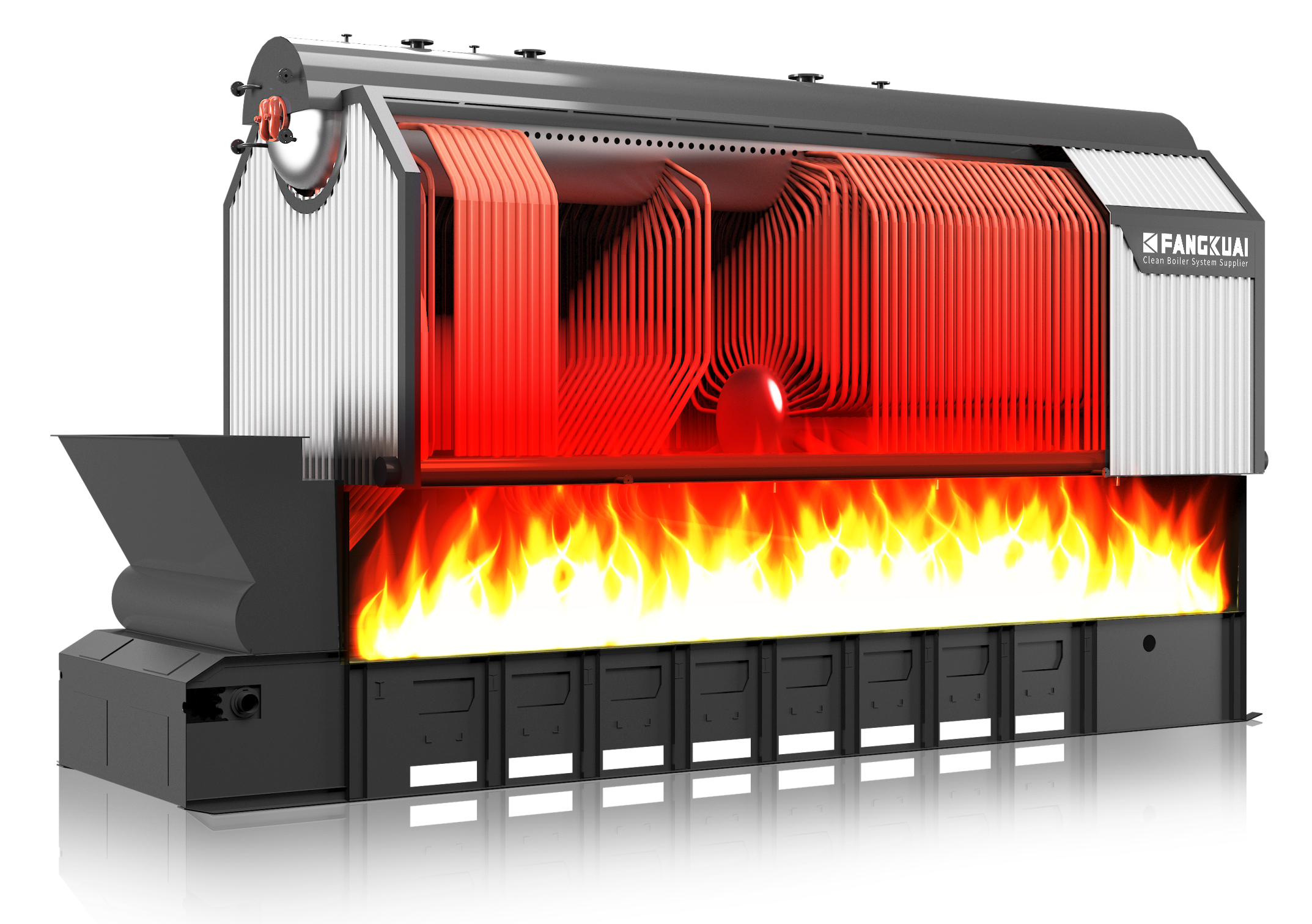
오늘날의 산업 및 상업 부문에서, 에너지 소비를 줄이고 탄소 배출을 줄이는 것이 운영 효율성을 향상시키는 중요한 목표가 되었습니다.. 바이오매스 보일러, 효율적이고 친환경적인 에너지 솔루션으로, 사업주와 건물 관리자 사이에서 인기가 높아지고 있습니다..
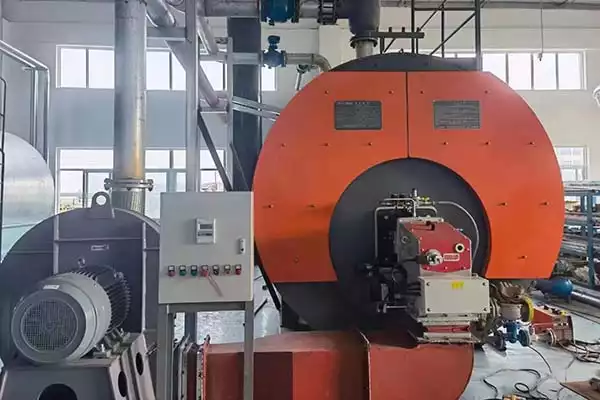
최근에는, 상대적으로 성숙하고 적용 성능이 더 높은 바이오매스 보일러 유형은 수냉식 진동 화격자 용광로입니다., 순환 유동층 및 소수의 결합형 화격자 보일러. 본 논문에서는 여러 보일러 유형의 특성과 수분의 영향을 분석하고 비교합니다., 바이오매스 보일러 선택 시 바이오매스 연료 성분의 회분 및 불순물.
가스 보일러 : 얼티밋 FAQ 가이드
Gas Boiler Troubleshooting: Get answers to common gas boiler issues in this helpful Q&A page. Discover solutions for problems like boiler not turning on, adjusting temperature, gas leaks, faulty ignition, 그리고 더. Find expert guidance to keep your gas boiler running smoothly and efficiently.Step-by-Step Guide to Oil Boiler Installation
Choose a suitable location for the oil boiler installation, ensuring there is enough space for the boiler, oil tank, and necessary piping. The location should be easily accessible for maintenance, well-ventilated, and comply with local building codes.가스보일러 설치: 효율적인 난방을 위한 가이드
Interested in learning how to properly install a home gas boiler? We provide a comprehensive gas boiler installation guide, breaking down the installation process, precautions, and how to ensure safety. From professional installation to crucial maintenance, we've got your home heating covered.증기 보일러에 물을 추가하는 방법?
Learn the essential steps and techniques for adding water to a steam boiler. Discover the significance, safety measures, different methods, and maintenance tips for maintaining optimal water levels in your steam boiler system.7 steps to tell you how to clean a steam boiler
Discover the essential steps and techniques for effectively flushing a boiler system. Learn the significance, safety measures, different methods, and maintenance tips for maintaining optimal boiler performance.증기보일러 수위가 너무 높음: 원인, 효과와 해결책
A high water level in a steam boiler can be a concerning issue as it might lead to water carryover into the steam lines, affecting the efficiency and safety of the boiler system. There are a few potential reasons for this problem and steps you can take to address it:증기보일러가 작동하지 않는 이유와 해결책
steam boilers sometimes stop working, which brings great inconvenience to production. 그래서, what is the reason why the steam boiler is not working? 이 문제를 어떻게 해결할 수 있나요?? 다음, 우리 같이 토론하자.How to avoid uneven heat in gas boilers?
The uneven heat of the gas boiler refers to the phenomenon of uneven heat load in the same heating surface tube group.
V우리 고객의 iew 리뷰
"Fangkuai의 열유 보일러는 작동 및 유지 관리가 매우 쉽습니다.. 유지 관리에 드는 시간과 비용을 절약하는 데 도움이 되었습니다., 이는 상당한 비용 절감으로 이어졌습니다.. 재료의 품질과 보일러의 구조는 탁월합니다.. 또한 매우 에너지 효율적입니다, 에너지 비용을 절약하는 데 도움이 되었습니다.. Fangkuai의 열유 보일러를 적극 추천합니다. ."
알렌
브라질"Fangkuai의 증기 발생기는 우수합니다.. 그들은 사용하기 매우 쉽고 최소한의 유지 보수가 필요합니다.. Fangkuai의 고객 서비스도 탁월합니다.. 그들은 매우 반응이 좋으며 항상 기꺼이 도와줍니다.. 증기 발생기의 에너지 효율성도 뛰어납니다., 에너지 비용을 절약하는 데 도움이 되었습니다.. Fangkuai의 증기 발생기를 강력히 추천합니다."
마리아
스페인"나는 Fangkuai의 온수 보일러의 품질에 깊은 인상을 받았습니다.. 지속되도록 제작되었으며 내 기대를 뛰어 넘었습니다.. 설치 과정도 매우 순조로웠고 고객 서비스도 훌륭했습니다.. 온수 보일러는 작동 및 유지 관리가 매우 쉽습니다., 그리고 에너지 효율성은 현저하다. Fangkuai의 온수 보일러를 적극 추천합니다."
잭
호주"나는 Fangkuai의 온수 보일러의 품질에 깊은 인상을 받았습니다.. 지속되도록 제작되었으며 내 기대를 뛰어 넘었습니다.. 설치 과정도 매우 순조로웠고 고객 서비스도 훌륭했습니다.. 온수 보일러는 작동 및 유지 관리가 매우 쉽습니다., 그리고 에너지 효율성은 현저하다. Fangkuai의 온수 보일러를 적극 추천합니다."
잭
호주"Fangkuai의 열유 보일러는 작동 및 유지 관리가 매우 쉽습니다.. 유지 관리에 드는 시간과 비용을 절약하는 데 도움이 되었습니다., 이는 상당한 비용 절감으로 이어졌습니다.. 재료의 품질과 보일러의 구조는 탁월합니다.. 또한 매우 에너지 효율적입니다, 에너지 비용을 절약하는 데 도움이 되었습니다.. Fangkuai의 열유 보일러를 적극 추천합니다. ."
알렌
브라질"Fangkuai의 증기 발생기는 소규모 비즈니스에 적합합니다.. 사용하기 매우 쉽고 최소한의 유지 보수가 필요합니다.. 또한 매우 에너지 효율적입니다, 에너지 비용을 절약하는 데 도움이 되었습니다.. Fangkuai의 고객 서비스도 훌륭합니다.. 그들은 매우 반응이 좋으며 항상 기꺼이 도와줍니다.. Fangkuai의 증기 발생기를 강력히 추천합니다."
아메드
이집트"Fangkuai의 증기 발생기는 소규모 비즈니스에 적합합니다.. 사용하기 매우 쉽고 최소한의 유지 보수가 필요합니다.. 또한 매우 에너지 효율적입니다, 에너지 비용을 절약하는 데 도움이 되었습니다.. Fangkuai의 고객 서비스도 훌륭합니다.. 그들은 매우 반응이 좋으며 항상 기꺼이 도와줍니다.. Fangkuai의 증기 발생기를 강력히 추천합니다."
아메드
이집트"Fangkuai의 보조 장비는 내 보일러 시스템을 더욱 향상시켰습니다.. 장비의 품질은 탁월하고 가격은 매우 합리적입니다.. 이 장비는 보일러 시스템의 효율성과 성능을 개선하는 데 도움이 되었습니다., 이는 상당한 비용 절감으로 이어졌습니다.. 고품질 보일러 액세서리가 필요한 사람에게 Fangkuai의 보조 장비를 적극 권장합니다."
마리크
영국"Fangkuai의 고객 서비스는 최고 수준입니다. 그들은 내 필요에 맞는 완벽한 보일러를 선택하도록 도와주고 프로세스 전반에 걸쳐 훌륭한 지원을 제공했습니다.. 설치 과정도 매우 순조로웠고 보일러도 기대 이상이었습니다. 사용 및 유지 관리가 매우 쉽습니다., 그리고 에너지 효율성은 현저하다. 신뢰할 수 있고 효율적인 난방 솔루션이 필요한 모든 사람에게 Fangkuai의 제품을 강력히 추천합니다."
후안
멕시코